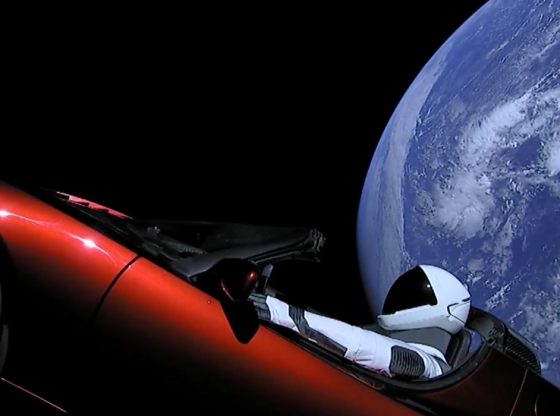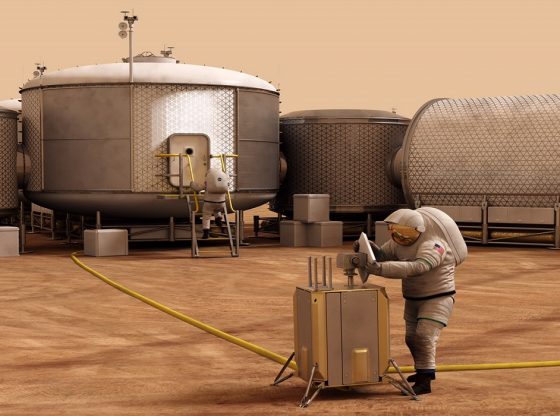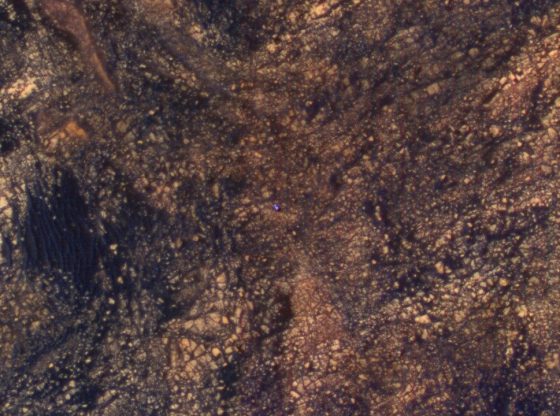
NASA will now use a Laser to communicate between Earth and the Moon for the first time. As communication with a laser is far superior compared to the radio this is deemed an important step for future space communication. Since laser offers much higher data rates than radio communication over long distances.
NASA has previously tested laser in space when they sent a picture to the LRO (Lunar Reconnaissance Orbiter) as it was when orbiting the Moon. That test was only one way, though, and the confirmation of the successful transmission back to Earth was sent by radio. And that laser transmission was also quite modest at only 300 bits per second.
This new test will go both ways with data rates at 20 megabits per second to the Moon, and 622 megabits per second back to Earth. On the receiving end is the Lunar Atmosphere and Dust Environment Explorer (LADEE) presently on its way to the Moon.
LADEE is equipped with the Lunar Laser Communications Demonstration (LLCD). A very energy efficient laser transmission module with a need of only 0,5 Watts of power.
There is a major issue using laser communication, however since the signal is affected by clouds. NASA has therefore placed receiving equipment in three very different places to mitigate this problem, in New Mexico, California and on the Canary Islands.
But this potential problem is offset by its technical benefits. To illustrate, comparing a laser with radio, what takes 639 hours to download using radio transmission from LADEE, takes less than eight minutes using LLCD and laser instead.
The high bandwidth of using laser makes high definition video material possible and will probably make NASA’s future missions into space more immersive. And according to NASA, this will actually enable HD 3D video to be sent in real time. This will probably make exploration of space a much more compelling experience for us all.
_______________
The Internet is no longer limited by the slow speed of dial-up connections, so why should our satellites be?
______________________________











![OpenAI. (2025). ChatGPT [Large language model]. https://chatgpt.com](https://www.illustratedcuriosity.com/files/media/55136/b1b0b614-5b72-486c-901d-ff244549d67a-350x260.webp)
![OpenAI. (2025). ChatGPT [Large language model]. https://chatgpt.com](https://www.illustratedcuriosity.com/files/media/55124/79bc18fa-f616-4951-856f-cc724ad5d497-350x260.webp)
![OpenAI. (2025). ChatGPT [Large language model]. https://chatgpt.com](https://www.illustratedcuriosity.com/files/media/55099/2638a982-b4de-4913-8a1c-1479df352bf3-350x260.webp)








